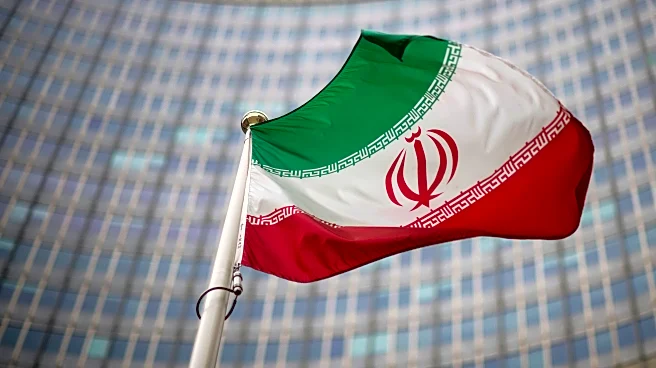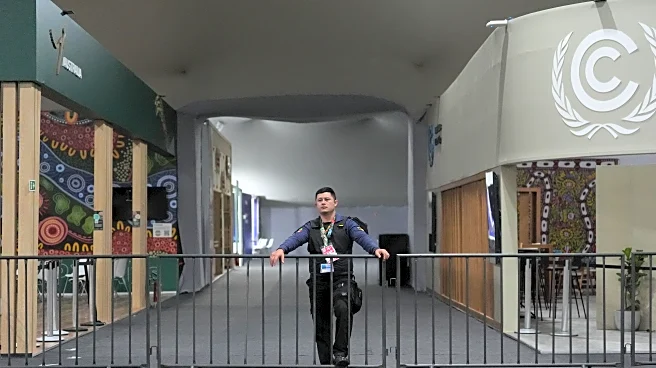What's Happening?
The number of refugees crossing the English Channel to seek asylum in the United Kingdom has been increasing, with over 39,000 crossings reported this year. Despite an agreement between the UK and France
to curb these crossings, the numbers have continued to rise. French police have been intercepting about a quarter of all crossings by stopping refugees and rubber boats on the beach before they reach the water. However, under French law, police are not allowed to intercept boats at sea, even if they are dangerously overloaded. In response, the French gendarmerie plans to introduce new tactics, such as using nets to foul the propellers of rubber boats just offshore, aiming to halt the boats without capsizing them.
Why It's Important?
The increase in refugee crossings poses significant challenges for both the UK and France. The English Channel is one of the world's busiest shipping lanes, and the rubber boat traffic presents hazards to shipping. The British government is focused on stopping smuggling gangs, but the lure of free food, accommodation, and healthcare in the UK remains a strong pull factor for refugees. This situation highlights the complexities of immigration control and the need for effective international cooperation. The ongoing crossings also underscore the humanitarian concerns, as many refugees face dangerous conditions during their journey.
What's Next?
The French gendarmerie's new tactics will be tested in the coming months, potentially affecting the dynamics of refugee crossings. The UK and France may need to reassess their strategies and agreements to address the root causes of migration and improve safety measures. Political leaders and civil society groups may push for more comprehensive solutions to manage the refugee crisis, balancing security concerns with humanitarian obligations.
Beyond the Headlines
The situation raises ethical questions about the treatment of refugees and the responsibilities of nations in providing asylum. The tactics employed by the French police could face scrutiny regarding their effectiveness and humanitarian impact. Long-term solutions may require addressing the socio-economic factors driving migration and enhancing international collaboration to support refugees.












